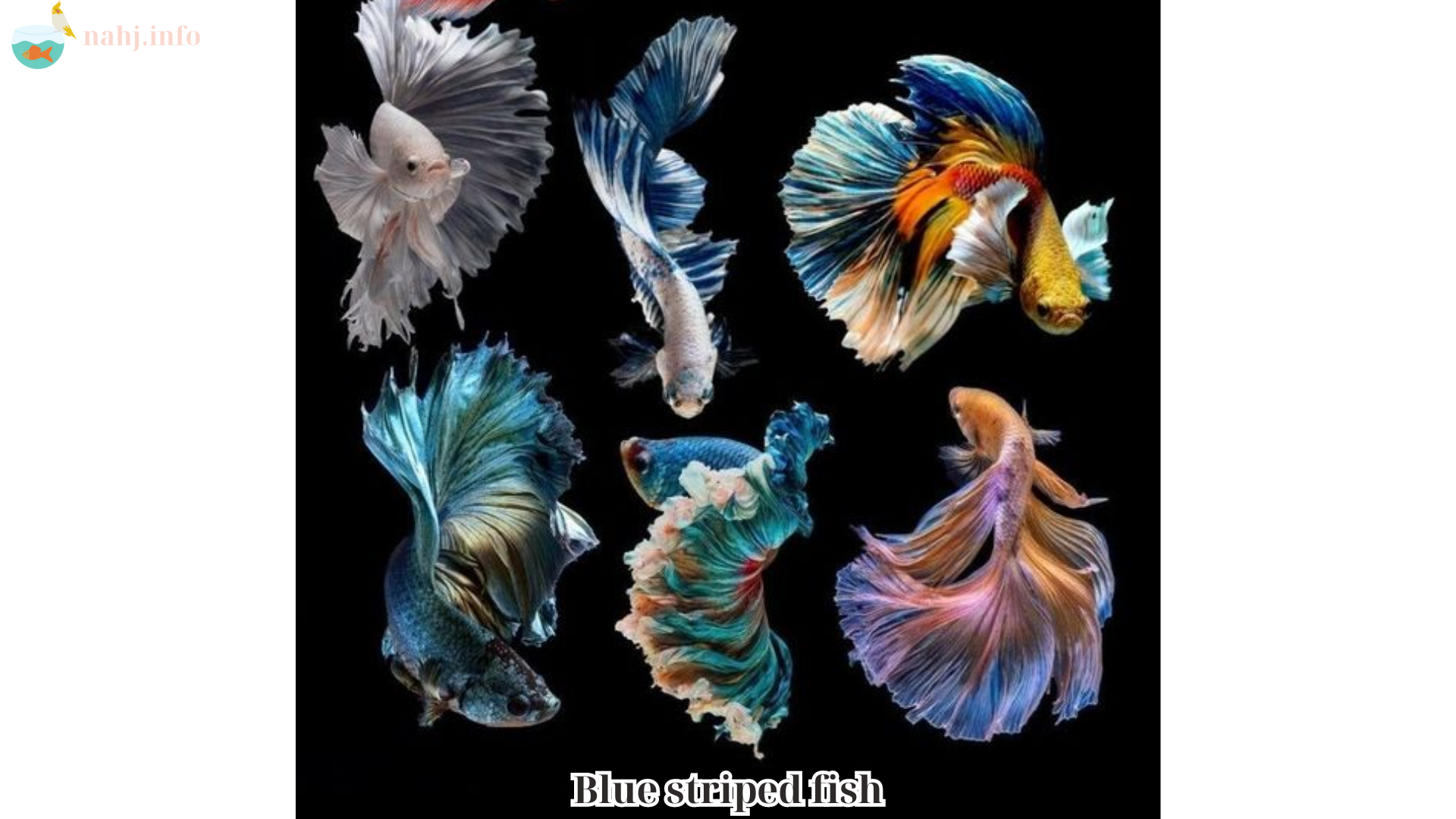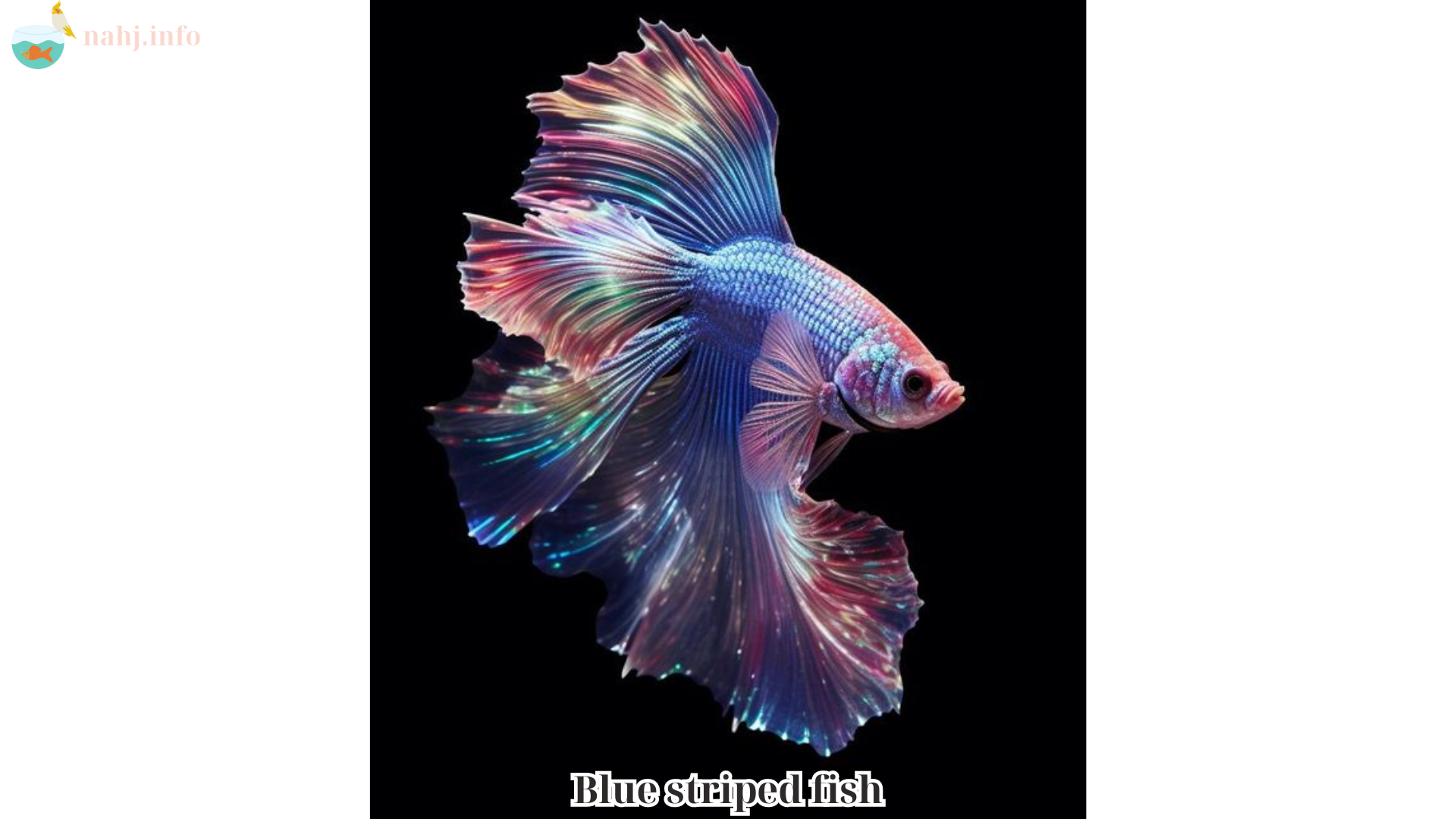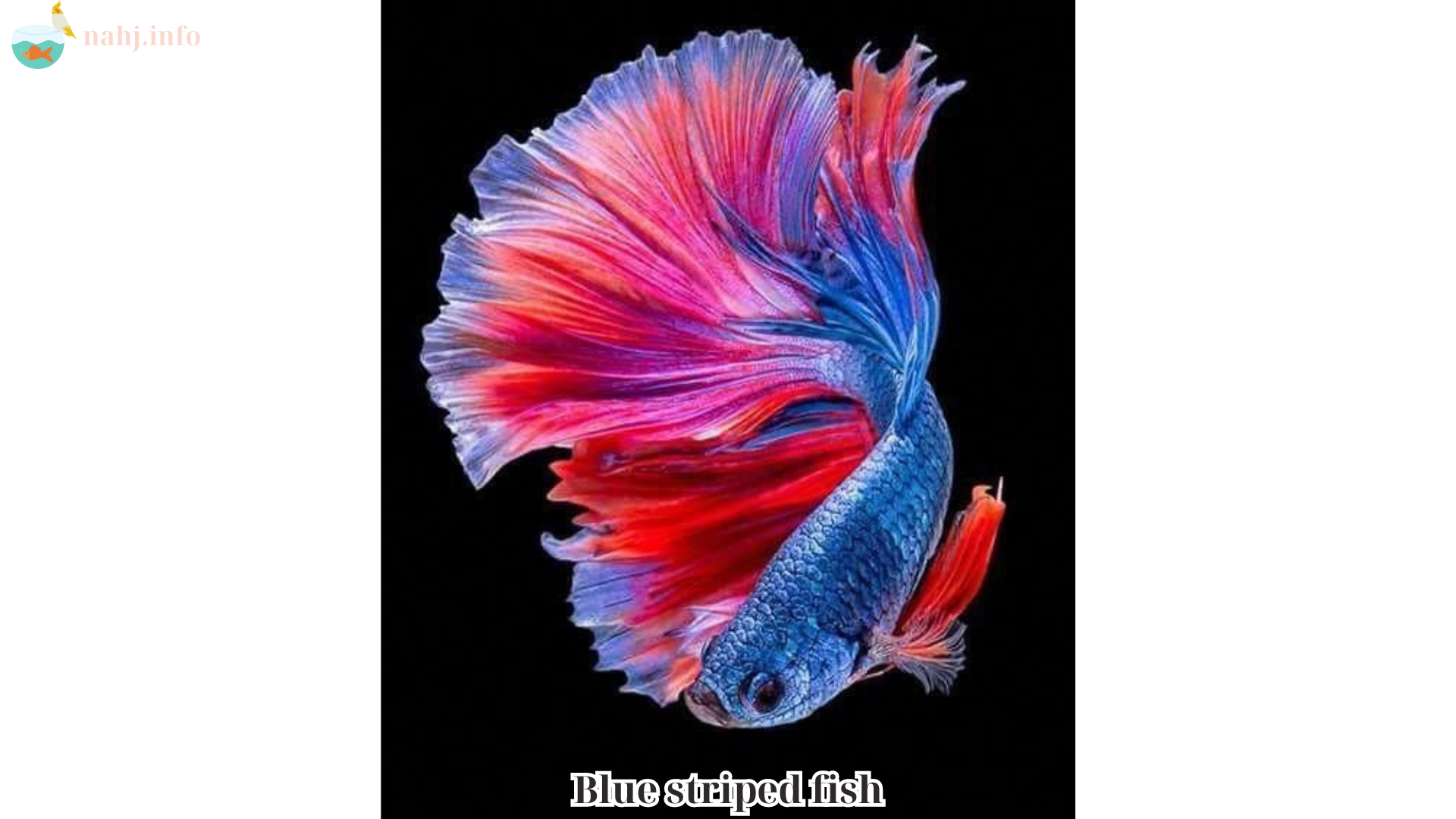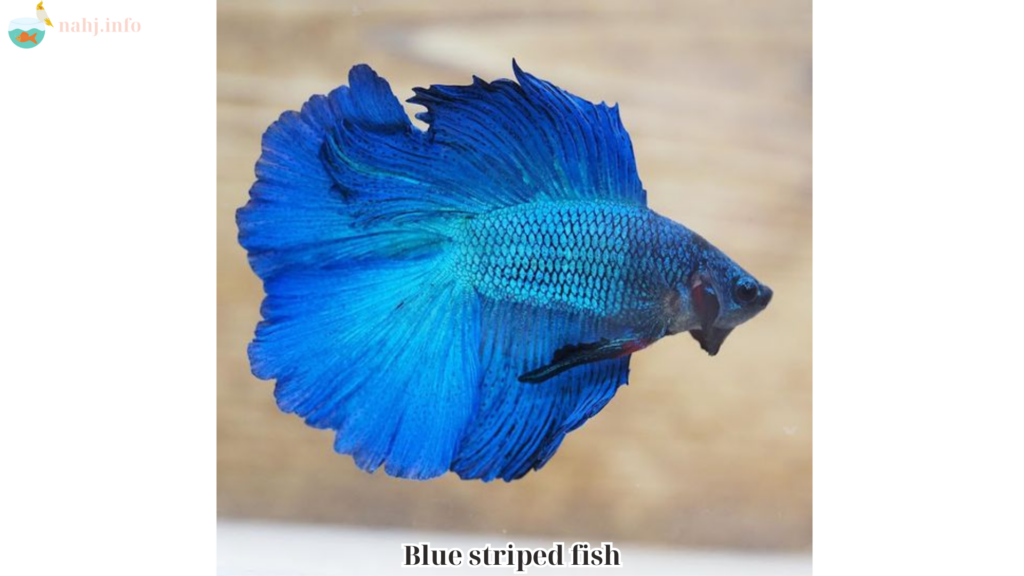Aquarium enthusiasts often seek unique and eye-catching fish to add to their collections, and blue striped fish are among the most sought-after. These fish, known for their striking blue and striped patterns, not only add a pop of color to your tank but also exhibit fascinating behaviors and are relatively easy to care for. In this article, Nahj delve into some of the most popular blue striped fish species, their care requirements, and tips for keeping them healthy and vibrant.
Table of Contents
ToggleBlue Striped Fish: A Vibrant Addition to Your Aquarium

1. Blue Tang (Paracanthurus hepatus)
Known as the regal tang or the blue hippo tang, this species became famous due to its character “Dory” in the animated movie Finding Nemo. Blue tangs have vibrant blue bodies with bold black stripes and a yellow tail.
2. Clownfish (Amphiprion percula)
While clownfish are primarily known for their orange and white coloration, the blue striped clownfish variety offers a unique twist. These fish have blue and white stripes running vertically along their bodies, creating a striking appearance.
3. Blue Striped Pipefish (Doryrhamphus excisus)
Pipefish are slender, elongated fish related to seahorses. The blue striped pipefish boasts brilliant blue stripes along its body and a distinct, intriguing shape, making it a captivating addition to any aquarium.
4. Blue Stripe Snapper (Lutjanus kasmira)
This saltwater fish is notable for its bright blue and yellow horizontal stripes. Blue stripe snappers are schooling fish that thrive in larger tanks and add dynamic movement to your aquarium.
5. Blue Zebra Danio (Danio rerio)
A freshwater option, the blue zebra danio features horizontal blue stripes and is known for its lively nature. These fish are hardy and well-suited for beginner aquarists.
Care Requirements for Blue Striped Fish

Tank Setup
1. Tank Size
The tank size will depend on the species. Blue tangs and blue stripe snappers require larger tanks, preferably over 75 gallons, due to their active nature and size. Smaller species like blue zebra danios can thrive in 20-gallon tanks.
2. Water Parameters
Maintaining optimal water parameters is crucial for the health of blue striped fish:
- Temperature: Most blue striped fish prefer water temperatures between 72-82°F (22-28°C).
- pH Levels: Aim for a pH between 6.5 and 8.0, depending on the species.
- Salinity: For marine species, maintain a salinity of 1.020-1.025 specific gravity.
- Water Hardness: Varies by species, but most prefer moderate hardness.
Filtration and Aeration
A high-quality filtration system is essential to keep the water clean and free of toxins. Ensure the filter is appropriate for the tank size and bioload. Aeration is also important, especially for species that require high oxygen levels. An air pump or powerhead can help maintain proper oxygenation.
Lighting
Most blue striped fish benefit from moderate to high lighting to mimic their natural environments. However, avoid overly intense lighting as it can stress the fish and promote algae growth.
Substrate and Decorations
- Substrate: Use fine sand or gravel, depending on the species’ natural habitat.
- Decorations: Provide plenty of hiding spots and structures to explore. Live plants, rocks, and artificial caves can create a stimulating and natural environment for your fish.
Feeding Blue Striped Fish

Diet and Nutrition
Blue striped fish have varied dietary needs based on their species. Here are some general guidelines:
- Herbivores: Species like the blue tang require a diet rich in marine algae and vegetable matter. Supplement their diet with spirulina flakes, nori, and blanched vegetables.
- Carnivores: Blue stripe snappers and pipefish need a diet of protein-rich foods like brine shrimp, mysis shrimp, and high-quality pellets.
- Omnivores: Fish like blue zebra danios can thrive on a mix of flake food, live or frozen insects, and vegetable matter.
Feeding Schedule
Feed your blue striped fish 2-3 times a day in small amounts that they can consume within 2-3 minutes. Overfeeding can lead to poor water quality and health issues.
Health and Disease Prevention
Common Health Issues
- Ich (White Spot Disease): A common parasitic infection. Look for white spots on the body and fins. Treat with copper-based medications and raise the water temperature slightly to speed up the parasite’s life cycle.
- Fin Rot: Often caused by poor water quality or bacterial infections. Treat with antibacterial medications and improve tank conditions.
- Swim Bladder Disease: Can be caused by poor diet or water conditions. Treat by adjusting feeding practices and water parameters.
Quarantine New Fish
Always quarantine new fish for 2-4 weeks before introducing them to your main tank. This practice helps prevent the spread of diseases and allows you to monitor the new fish for any health issues.
Regular Maintenance
- Water Changes: Perform regular water changes, typically 10-20% weekly, to maintain water quality.
- Tank Cleaning: Clean the tank, substrate, and decorations regularly to prevent algae buildup and maintain a healthy environment.
- Monitor Water Parameters: Use test kits to regularly check water parameters and make adjustments as needed.
Breeding Blue Striped Fish
Breeding Setup
Setting up a separate breeding tank is often necessary for successful breeding. Ensure the tank mimics the natural environment of the species, with appropriate hiding spots and water conditions.
Breeding Conditions
- Blue Tang: Difficult to breed in captivity due to their specific spawning requirements and large tank needs.
- Blue Zebra Danio: Relatively easy to breed. Provide a spawning mop or dense plants for the female to lay eggs, and remove adults after spawning to prevent them from eating the eggs.
Fry Care
- Feeding Fry: Feed newly hatched fry with infusoria or commercially available fry food. As they grow, introduce baby brine shrimp and finely crushed flakes.
- Water Quality: Maintain pristine water conditions with frequent water changes to ensure the fry’s health and growth.
Conclusion
Raising blue striped fish can be a delightful and visually rewarding experience for any aquarist. By understanding the specific needs of each species and providing the right care, you can ensure that your blue striped fish thrive in a vibrant, healthy environment. Whether you’re a beginner or an experienced fish keeper, these captivating fish are sure to bring life and color to your aquarium. Remember to regularly monitor water conditions, provide a balanced diet, and watch for any signs of illness to keep your blue striped fish happy and healthy.

